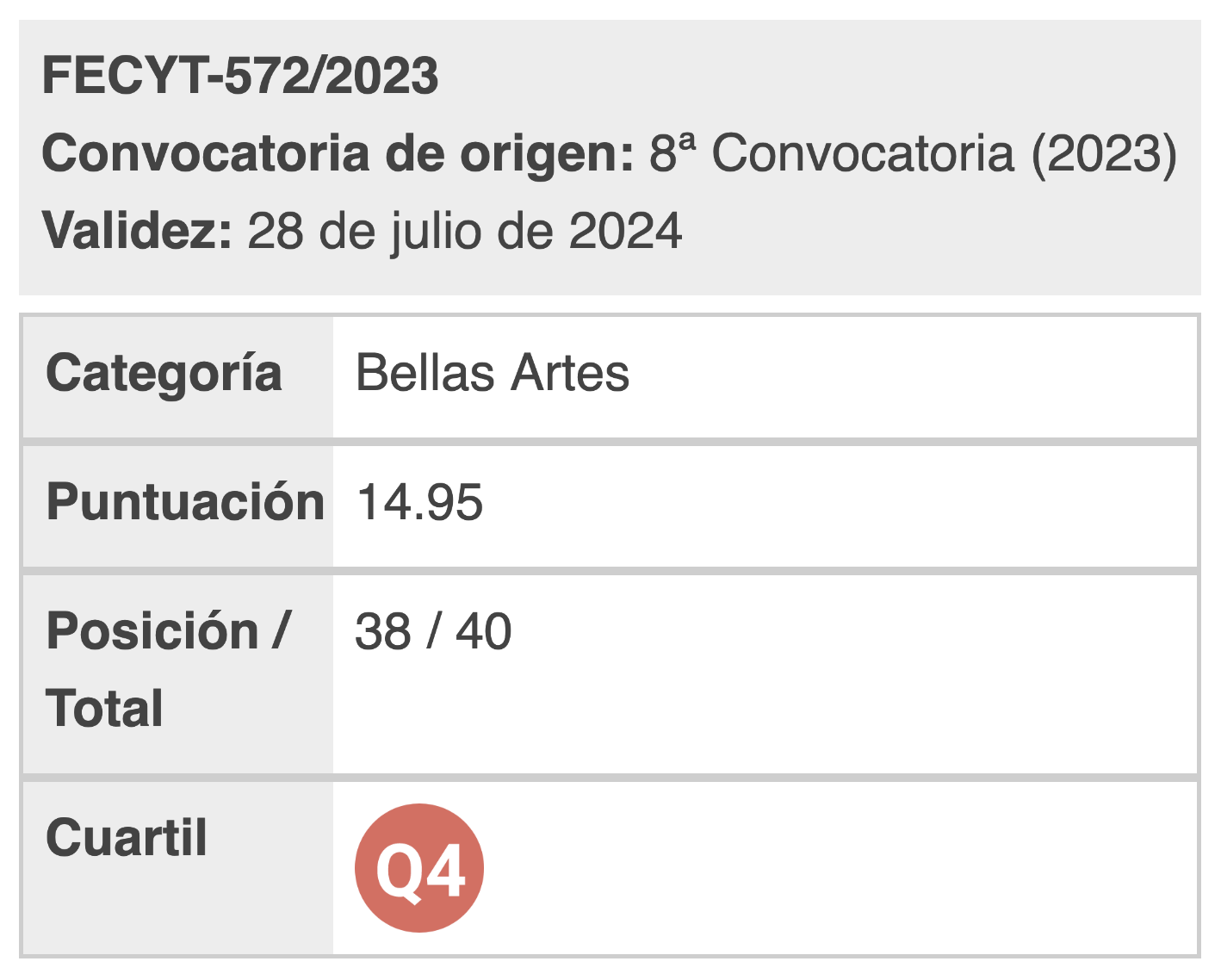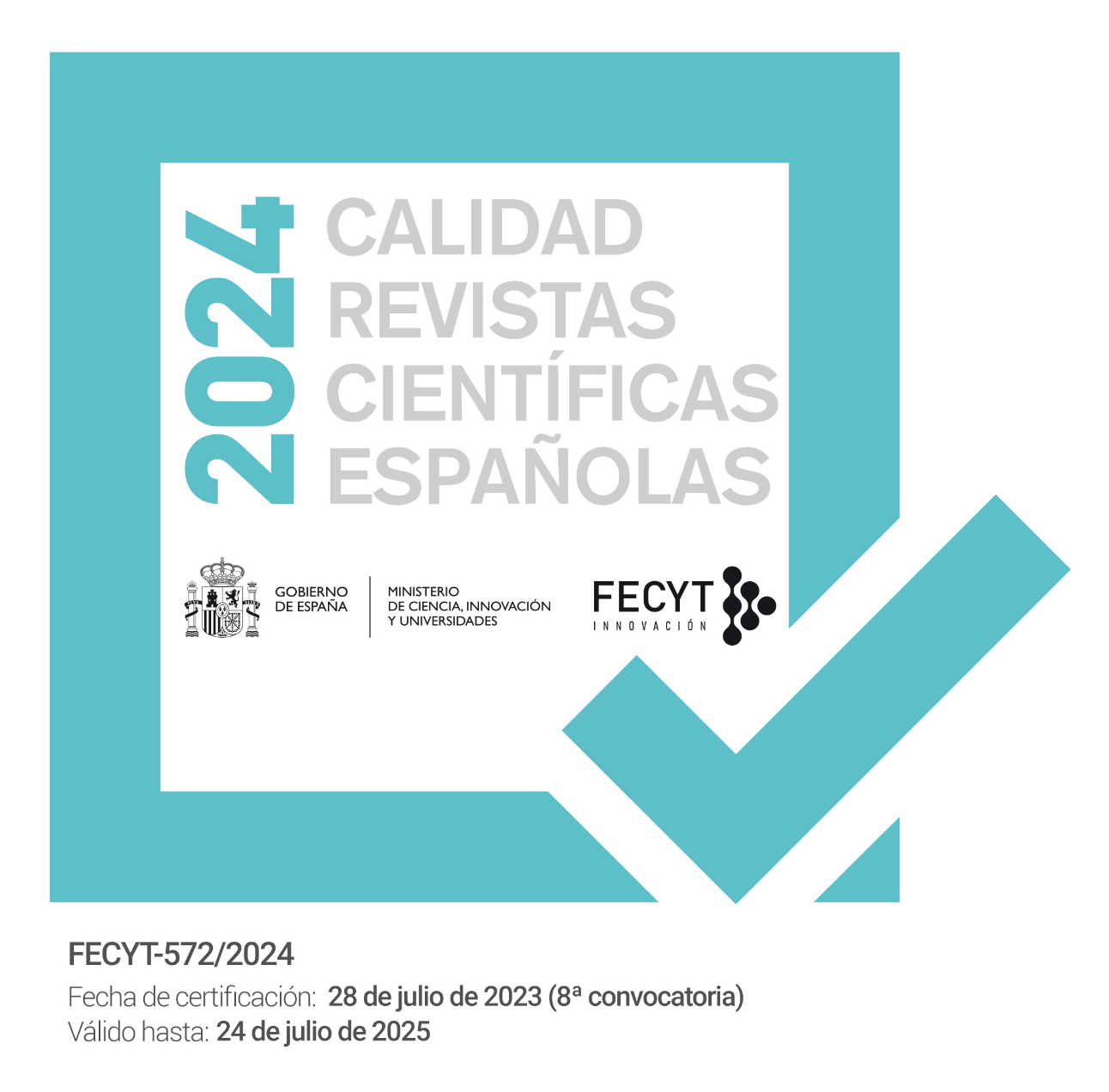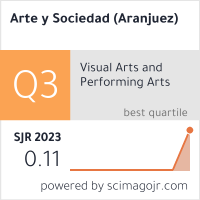MEMORIALS. TRANSMISSION AND IDENTIFICATION IN SPAIN AT THE BEGINNING OF THE XXI CENTURY
DOI:
https://doi.org/10.5281/zenodo.8184356Keywords:
Memorial, monument, place of memory, historical memory, post-memoryAbstract
The imminent disappearance of the generation who lived through the civil war and the fear of losing their testimony, has generated new processes of recovery of memory focused on intergenerational transmission. Associations and artists have promoted memorials that, far from constituting immobile landmarks, promote active processes of memory through different strategies. However, their insertion into the public space, where the image of the victim has remained vetoed for decades, has provoked mixed reactions that underline the need to address the study of the recent past. This article analyses these aspects, taking as a starting point six works created during the first years of the XXI century.

Published
How to Cite
Issue
Section
License

This work is licensed under a Creative Commons Attribution 4.0 International License.
You are free to:
Share — copy and redistribute the material in any medium or format.
Adapt — remix, transform, and build on the material for any purpose, including commercial.
Attribution — You must properly acknowledge the authorship, provide a link to the license, and indicate if any changes have been made.
You may do so in any reasonable manner, but not in any way that suggests that you endorse or receive any endorsement by the licensor for your use.
No additional restrictions — You may not apply legal terms or technological measures that legally restrict you from doing what the license allows.



























